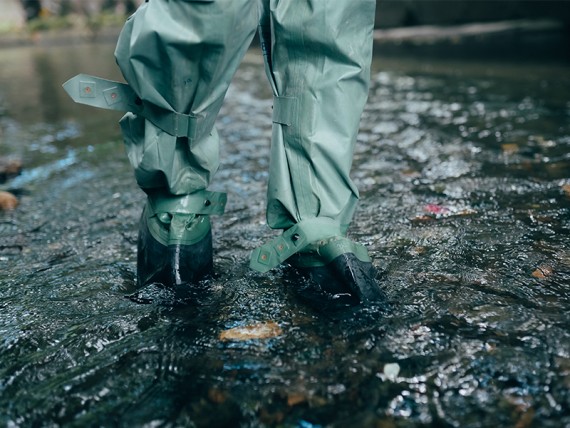
Precautions to Prevent Rainwater from Directly Mixing with the Sea
Rainwater is a valuable resource that can be harnessed for various purposes, such as irrigation, household use, and replenishing groundwater.
Rainwater is a valuable resource that can be harnessed for various purposes, such as irrigation, household use, and replenishing groundwater. However, when rainwater directly mixes with the sea without adequate precautions, it can have adverse effects on the marine ecosystem. Rainwater runoff often carries pollutants, chemicals, and debris from urban areas, which can lead to water pollution and harm marine life. To protect our oceans and maintain their health, it is crucial to implement precautions that prevent rainwater from directly mixing with the sea. In this blog post, we will explore several effective measures to achieve this goal.
1. Implement Green Infrastructure
One of the most effective ways to prevent rainwater from directly reaching the sea is to implement green infrastructure. Green infrastructure refers to the use of natural elements, such as vegetation, permeable surfaces, and rain gardens, to manage stormwater runoff. These green features help slow down the flow of rainwater, allowing it to infiltrate into the soil and recharge groundwater reserves. By integrating green infrastructure in urban areas, we can minimize the volume of rainwater runoff that reaches the sea, reducing pollution and protecting marine ecosystems.
2. Construct Rainwater Harvesting Systems
Rainwater harvesting systems are an excellent method to capture and store rainwater for future use. These systems involve collecting rainwater from rooftops, pavements, or other surfaces and directing it into storage tanks or reservoirs. By harvesting rainwater, we can effectively reduce the volume of runoff that ends up in the sea. This stored rainwater can be utilized for various purposes, such as irrigation, domestic use, or groundwater recharge, reducing the reliance on freshwater sources and minimizing the impact on the marine environment.
3. Encourage Permeable Surfaces
Permeable surfaces allow rainwater to infiltrate the ground, preventing it from becoming runoff that reaches the sea. By replacing impermeable surfaces like concrete and asphalt with permeable alternatives, such as permeable pavers, porous concrete, or gravel, we can significantly reduce the amount of rainwater runoff. These surfaces enable water to seep through and be naturally filtered by the soil, reducing pollution and improving water quality before it reaches the sea.
4. Promote Proper Waste Management
Effective waste management practices play a crucial role in preventing rainwater pollution. Encouraging proper waste disposal and recycling programs helps prevent the accumulation of litter and debris in urban areas, which can be washed away by rainwater runoff into the sea. By raising awareness about the importance of responsible waste management, we can reduce the amount of pollutants that enter our waterways, protecting marine ecosystems and preserving the delicate balance of marine life.
5. Create Buffer Zones and Wetlands
Buffer zones and wetlands act as natural filters and barriers, helping to intercept and treat rainwater runoff before it reaches the sea. These areas, consisting of marshes, vegetated strips, or artificial wetlands, help to trap sediments, absorb pollutants, and promote biological processes that cleanse the water. By strategically establishing buffer zones and wetlands along coastlines and in areas prone to runoff, we can effectively mitigate the impact of rainwater on marine ecosystems and maintain healthier ocean environments.
Conclusion
Preventing rainwater from directly mixing with the sea is crucial for safeguarding marine ecosystems and preserving the health of our oceans. By implementing green infrastructure, constructing rainwater harvesting systems, encouraging permeable surfaces, promoting proper waste management, and creating buffer zones and wetlands, we can significantly reduce the volume of rainwater runoff reaching the sea and minimize its detrimental effects. It is essential for individuals, communities, and governments to work together to adopt these precautions and protect our oceans, ensuring a sustainable and thriving environment for future generations.
